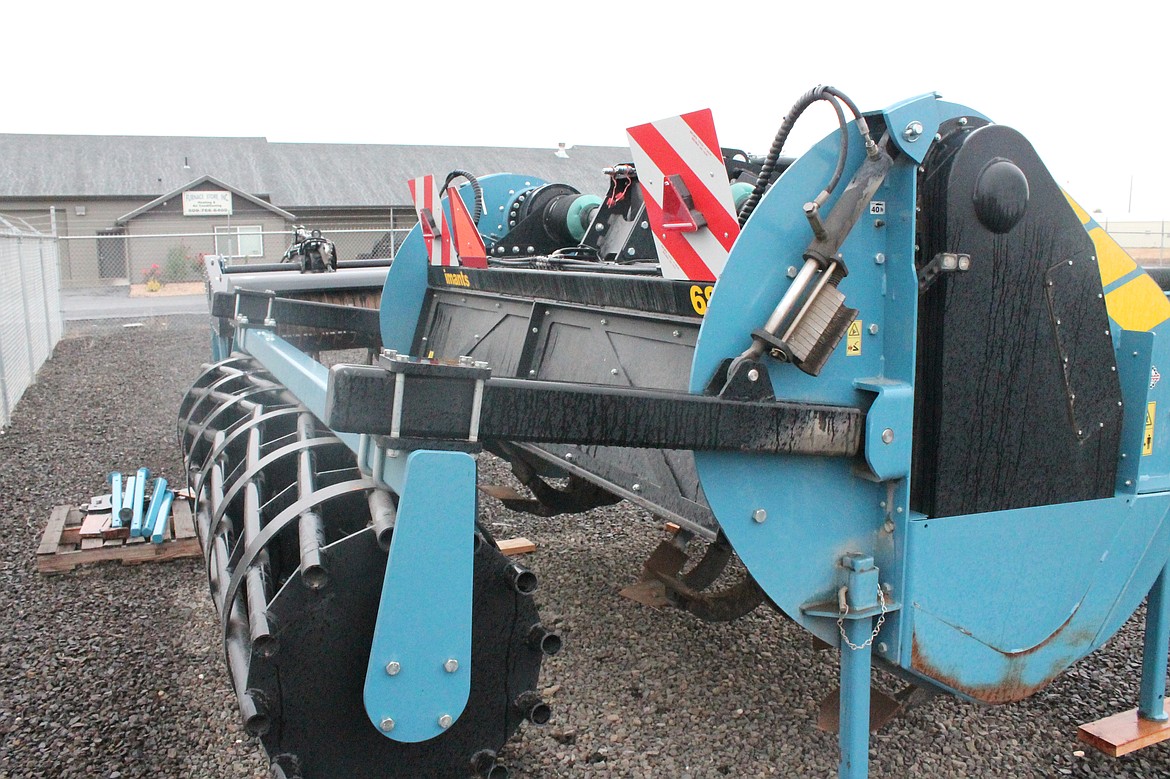Farm efficiency
MOSES LAKE – As technology advances for fancy cars, trucks and devices in our pockets, so do advances in equipment used to grow our food. With employees stretched thin, advances in agricultural tech can help keep ag pros going.
Become a Subscriber!
You have read all of your free articles this month. Select a plan below to start your subscription today.
Already a subscriber? Login






